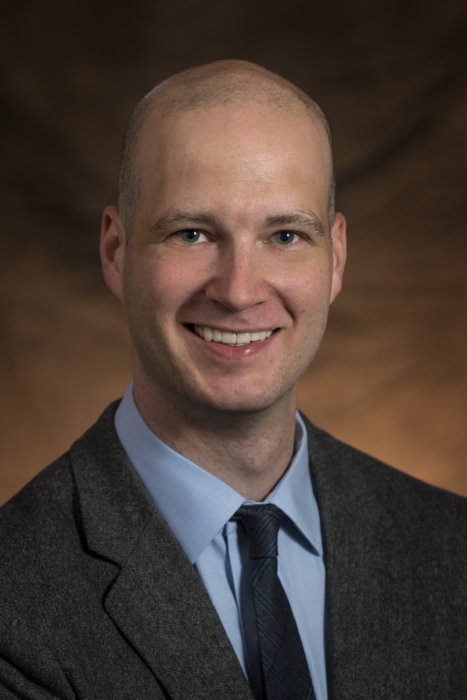Low back problems are one of the most common ailments affecting Americans, with over 70 million Americans suffering from low back symptoms yearly. Unfortunately, it is often challenging for patients to know where to start their treatments.

First-line of treatment
When the pain is at and above the beltline, the best treatments are physical therapy, core strengthening exercises, anti-inflammatory medications, and chiropractic care. Often patients need to start with the anti-inflammatory medications and sometimes muscle relaxers for a few days prior to starting the therapy. However, the best long-term treatment is going to be based around core strengthening. It is critical patients develop a 20-30 minute core strengthening routine, that they can do 3-5 days a week as maintenance treatment. This will not alleviate the back pain overnight, but focusing on this for a few months can often have a significant impact.
When to see a specialist
If a patient develops significant weakness in their legs, numbness or tingling in their groin, or difficulties with their bowel and bladder function, they need to be evaluated immediately. Fortunately, these symptoms are rare; however, back pain associated with neurologic symptoms is common. These neurologic symptoms usually include pain down the legs, numbness tingling and/or weakness in the legs. Once patients begin to have any neurologic symptoms with their back pain, it is important that they see a spine specialist. Treatments for a pinched nerve in the back are different from isolated back pain. While the aforementioned treatments can be tried, a pinched nerve often requires epidural injections or even surgery to provide the patients with relief.
Dr. Gregory Schroeder is a fellowship-trained spine surgeon and is the #16 spine expert in the world according to Expertscape. He sees patients in King of Prussia and Willow Grove. For more information or to make an appointment, visit RothmanOrtho.com.





























